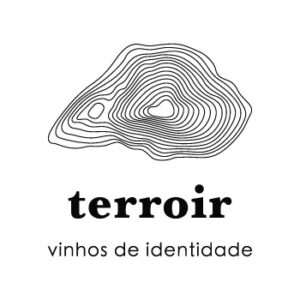Piero Busso
This is very much a family business with mom, pops, and the two children doing all the work in both vineyard, cellar, and in the office. Piero Busso is still at the helm of the domaine that he established in the early 1950s.
This is very much a family business with mom, pops, and the two children doing all the work in both vineyard, cellar, and in the office. Piero Busso is still at the helm of the domaine that he established in the early 1950s.
Filippo makes wines with his wife Nancy on the Italian island of Sicily in shadow of the smoldering volcano, Etna. They met in Belgium many years ago while working in the restaunrant industry. Now, they farm around 4ha on a plot of around 20.
The Cantalapiedra family has made wine from several generations in the municipality of La Seca, half an hour southwest of Valladolid in Castilla y Leon; heart of the Rueda appellation. There are records of the Cantalapiedras’ grape-growing dating to the 19th century, but the current version of the domaine can be traced directly to the year 1949, when the grandfather, Heliodoro, planted his first vineyard plot at young age of 15
Based in the small village of Priocca, home to vineyards and hazelnut trees, Bricco Ernesto aka. Renato Vezza is making tiny amounts of great wines from his grandfather’s vineyards. Back in the day “Ernesto “ refused to sell the vineyards because he wanted to leave them to his grandson, which is why the wine is called Bricco Ernesto.
Chiara comes from a family of winemakers, so the urge to produce wines runs in her blood. Her first vintage was in 2015, and she now owns 7 hectares in Emilia-Romagna (the Romagna side) where she makes two different and absolutely amazing wines on Sangiovese.
Wines that are difficult to describe and difficult to obtain. The story goes that Emperor Charlemange donated the area to the Abbey of Saulieu in the year 775, and its boundaries have remained in place ever since. It is also the story that the Emperor’s wife convinced him that white grapes were preferable to red to save his beard from being stained.
The Savart estate is located 10 kilometers west of Reims, at Ecueil near Montagne de Reims. Here, Frederic has taken over his father’s vineyard consisting of 4ha of Pinot Noir and a touch of Chardonnay. His philosophy in the vineyards is to prevent disease as much as possible, rather than treat it. He prefers a holistic approach, creating an environment within which the plant is better equipped to resist malady on its own.
Camille is a shooting star in Burgundy! She works alongside her partner, Canadian-born Matt Chittick, who she met while they were both working at the Domaine de Bellene in Beaune. Camille started her project in 2016 in a 20m2 garage without electricity but has quickly become one of the most prominent young winemakers in Burgundy.
No account yet?
Create an Account
You must be 18 years of age or older to view page. Please verify your age to enter.
Your access is restricted because of your age.